




Picking Alfred Hitchcock’s best movie is a sucker’s game. His talents stretched across so many eras and worked in too many styles to reduce matters to one choice. But it’s hard to resist thinking of Bruno Anthony (Robert Walker) as one of the director’s greatest creations; nobody was better at illuminating the charismatic sort of evil that Hitchcock was obsessed with. Rear Window and North by Northwest have better scripts, The Lady Vanishes has more suspense, and Psycho is creepier, but 1951’s Strangers on a Train is A-list Hitch in part because it reduces his plotting to something simple and razor-sharp: Two men, two problems, and a crime that can, in theory, solve them both.

Bruno seems innocent enough on the train when we first meet him, wearing a gaudy tie-pin with his name on it and shooting homoerotic glances at Guy Haines (Farley Granger), a world-class tennis player returning home from a match. After buttonholing and flattering Guy, Bruno angles into a remarkable proposition. If Guy is willing to murder Bruno’s father, he says, then Bruno will kill off Guy’s cheating wife Miriam (Kasey Rogers), freeing Guy to marry Anne (Ruth Roman), a senator’s daughter. Bruno’s certifiable, but he reads the papers, and the look on Guy’s boyish face in response to the proposal is priceless – the look of a man boxed in by his own celebrity.
Guy takes a pass on Bruno’s proposal, but he can’t quite let go of it. “My theory is that everybody is a potential murderer,” Bruno says, and it’s hard for Guy – or anybody, frankly – to dispute it. When he falls into a vicious argument with Miriam, he’s clearly hoping for the amoral universe where offing the wife isn’t just legal but right. Bruno spends little time worrying about it at all: He simply goes ahead and kills Miriam without Guy’s permission, sinking them further into the plot.
The struggle with the notion of justifiable homicide is ages old, stretching from Greek tragedy to Crime and Punishment to, it seems, every other episode of Law & Order. It’s also one of the central issues in film noir, which Strangers isn’t easily classified as. Classic noirs are generally American products (though Fritz Lang made a brilliant one in The Big Heat, and the French pretty much own the genre today), and tend to occupy grittier climes, unlike the suburbs and tennis clubs in Strangers. But few noirs have ever dug so deep into questions of moral rightness, and have done it with such taut scripting (There are slight differences between the U.S. and British versions of the film; choose the British one if you can, which omits a needless ironic joke tacked to the end of the U.S. version). The movie is blessed with two fine climaxes: The first set during a tennis match, the second at a merry-go-round that brings a literally dizzying conclusion to Guy and Bruno’s strange relationship.
Strangers so deftly covers this ground that it’s easy to forget that this stuff is hard to do: Indeed, Hitchcock had been making five years of clunkers before it, and he’d make a pair of clunkers afterward before Rear Window redeemed him again. Two men, a problem, and a crime is an old theme, but the list of works that exploit it perfectly is a short one. Strangers on a Train belongs on it.
The Strangers DVD is a true collector’s item, a two-disc set that includes the theatrical version of the film and a preview version, uncovered in 1991 (it’s not terribly different, but it has a few little touches that make it two minutes longer). A massive commentary follows the theatrical version. Numerous documentaries (including one from M. Night Shyamalan) follow on the second disc.
Review by Mark Athitakis © 2004 filmcritic.com









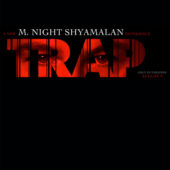











![Actress Joey Heatherton Photo [221205-39]](https://www.filmfetish.com/img/p/2023/01/221205-39-joey-heatherton-13x19-web-170x170.jpg)
![Musician and Actress Cher Photo [221010-5]](https://www.filmfetish.com/img/p/2022/10/221010-5-cher-11x85-web-170x170.jpg)
![Group Marriage Movie Photo with Jayne Kennedy, Claudia Jennings, Victoria Vetri and Aimee Eccles [210906-0121]](https://www.filmfetish.com/img/p/2021/11/210906-0121-group-marriage-13x19-web-170x170.jpg)
![Sexy Halloween II Actress Pamela Susan Shoop Photo [220102-9]](https://www.filmfetish.com/img/p/2022/11/220102-9-pamela-shoop-85x11-web-170x170.jpg)















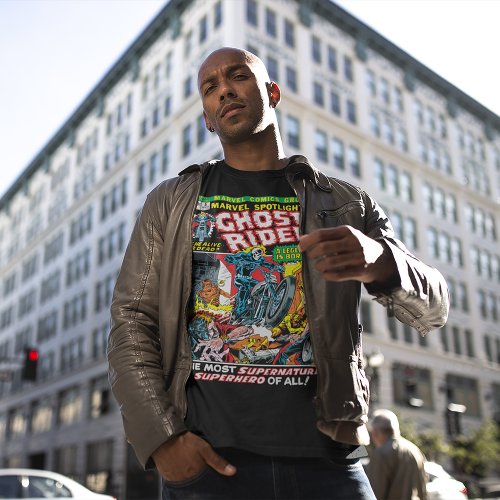


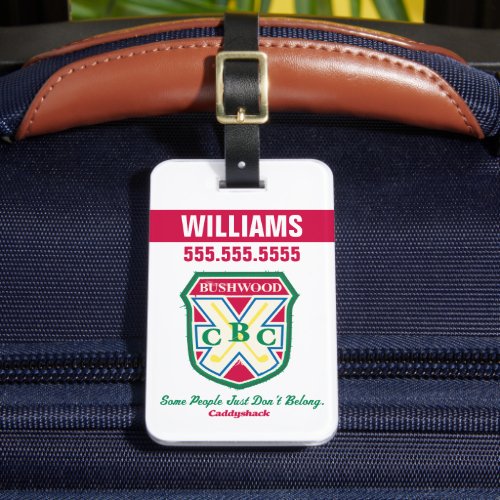



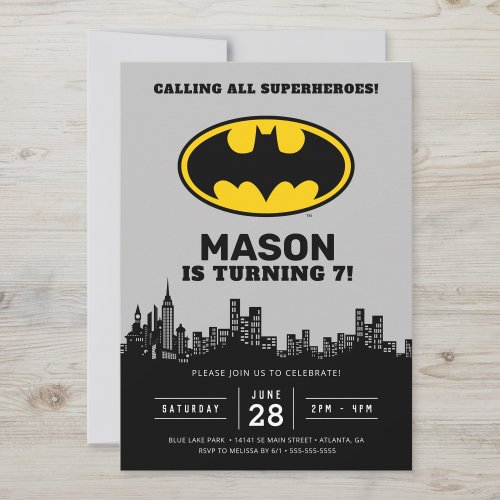




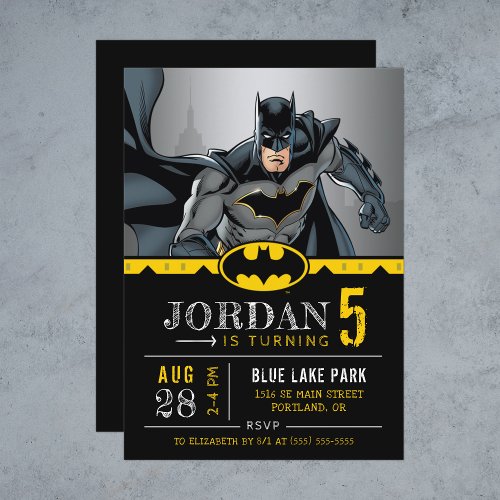




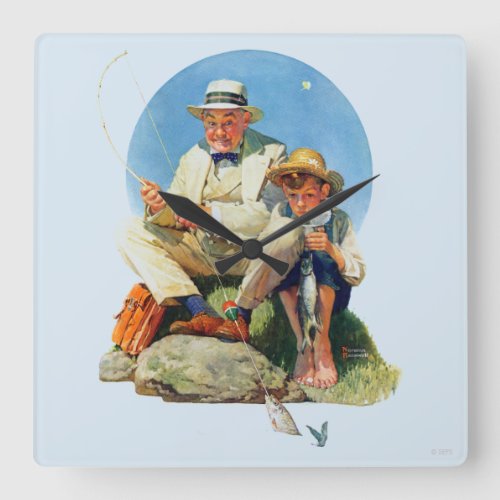
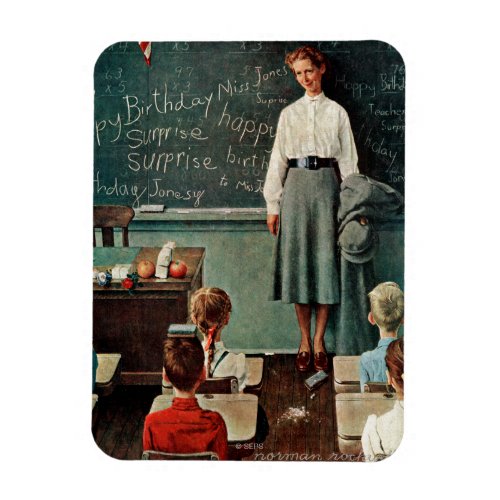













![My Bloody Valentine 3D 13×20 inch Promotional Movie Poster [I90]](https://www.filmfetish.com/img/p/2021/06/my-bloody-valentine-3d-i90-01-170x170.jpg)
![James Garner in They Only Kill Their Masters (1972) Lobby Card Press Photo [G47]](https://www.filmfetish.com/img/p/2021/04/james-garner-g47-01-170x170.jpg)
![Marvel Comics Spider-Man Superhero Character 24×18 inch Poster Art Print [N45]](https://www.filmfetish.com/img/p/2023/02/P1490339--170x170.jpg)


![The Bourne Ultimatum HD DVD + DVD Combo Edition [309]](https://www.filmfetish.com/img/p/2021/01/bourne-ultimatum-hddvd-01-170x170.jpg)


![Frank Miller’s Batman: The Dark Knight Returns Book Four Dark Knight Falls – First Printing (1986) [12190]](https://www.filmfetish.com/img/p/2020/02/batman-dark-knight-returns-bk4-12190-01-170x170.jpg)
